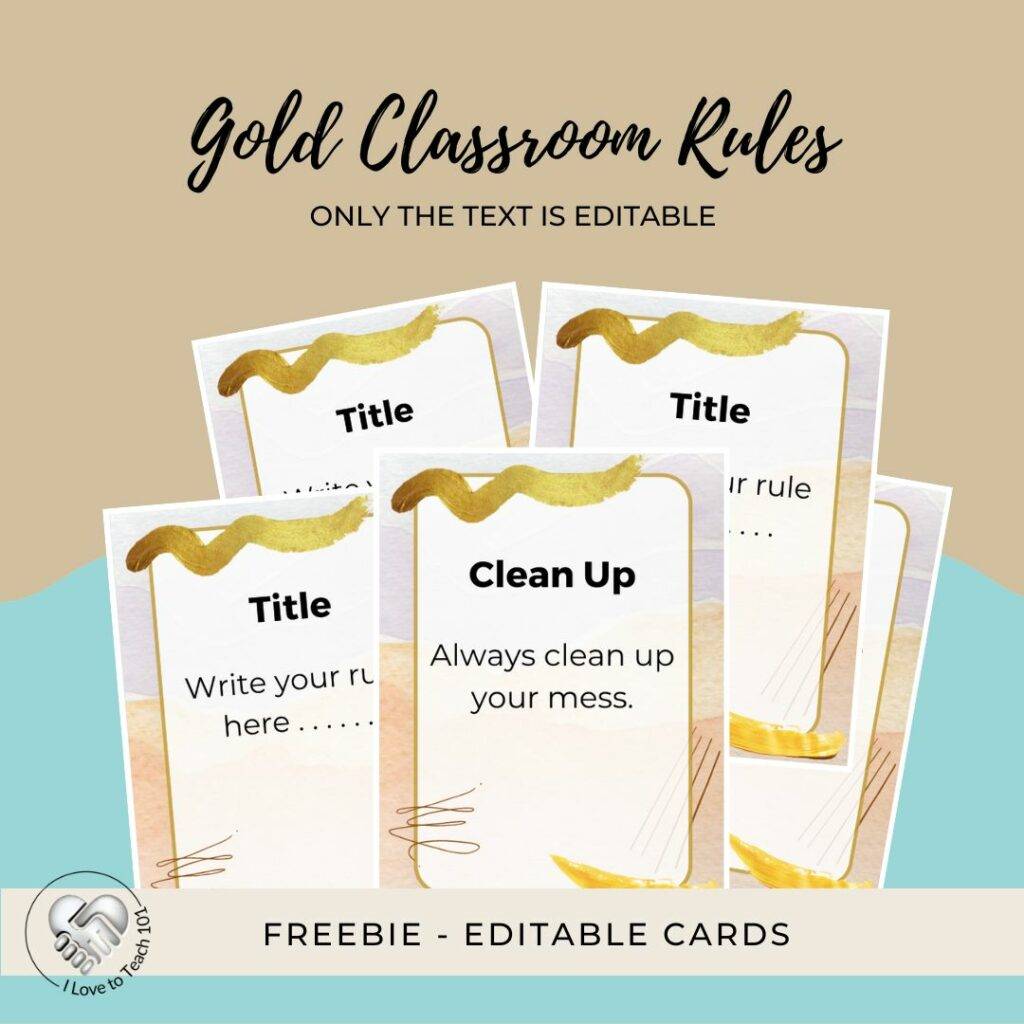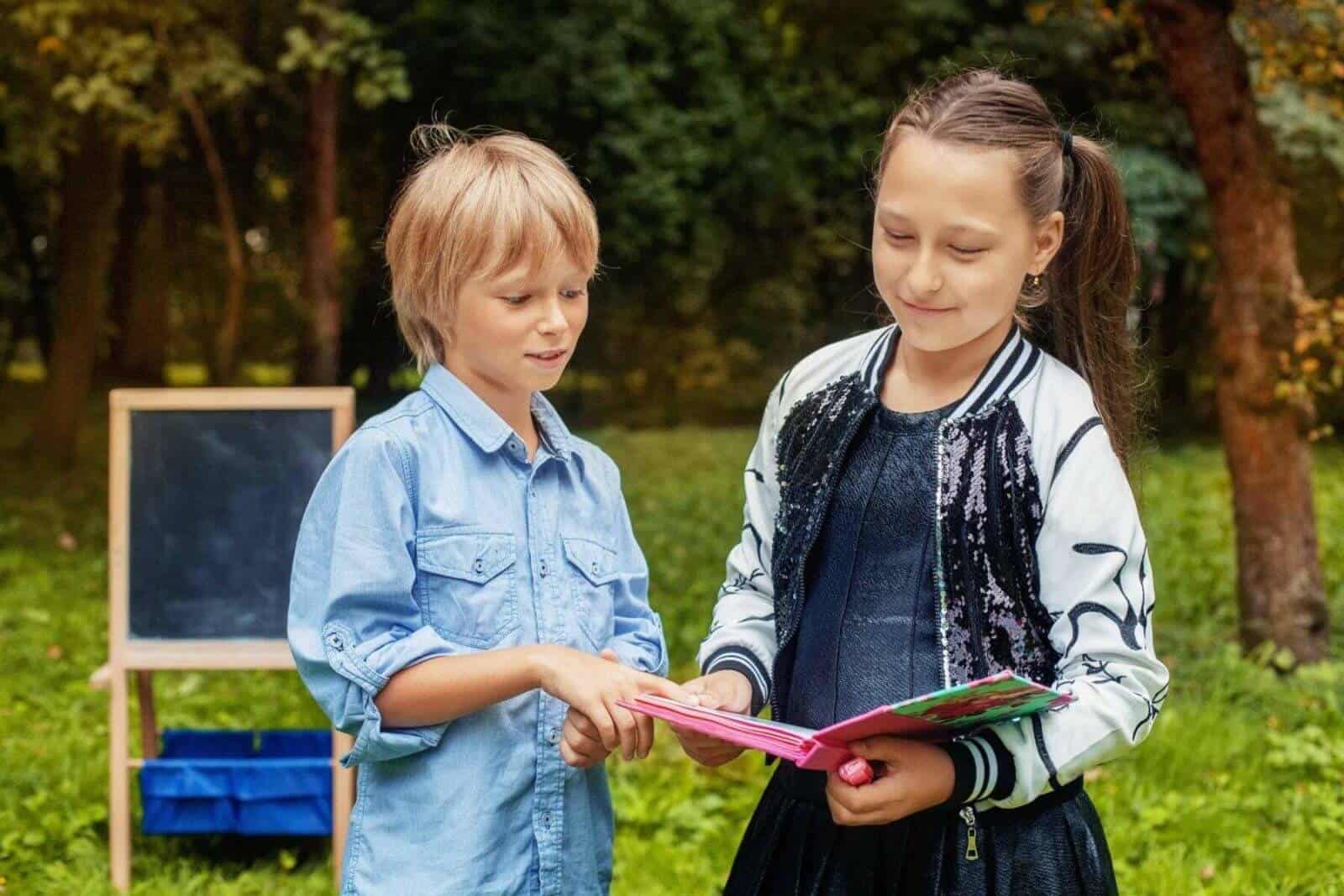7 Ways to Improve Student Success and FREE Rules Card Set

Welcome to an exploration into strategies that not only improve student success but also integrate classroom organisation, art, and SEL to enrich both teaching and learning experiences. With the start of the school year upon us, it’s vital to ensure that every aspect of your educational approach is aligned for maximum impact.
1 – Comprehensive planning to improve student success
Effective planning is crucial for fostering an environment conducive to learning. It involves more than just preparing for day one; it’s about maintaining momentum throughout the year. From setting up the classroom with art that inspires to integrating SEL strategies that support emotional and social growth, every step in your planning process should aim to enhance the educational experience.
A lack of planning can significantly reduce your effectiveness, potentially leading to missed opportunities in student development. Planning not only provides direction but also prepares you to anticipate and address challenges proactively. Let me give you some more elaborate reasons why you need to plan!
Planning gives you a sense of direction: When you don’t plan, you merely react to daily occurrences. All we do is done without putting into consideration what will happen in the long run. For example, the solution that makes sense at the moment may not make sense in the long run. Planning helps to avoid that. It helps provide solutions that will be useful both momentarily and in the long run.
Planning helps you anticipate problems and how to solve them: When you do proper planning, it allows you to predict problems you may face in the future. Once you identify them, you make necessary changes upfront to avoid them!

2 – Optimising Classroom Layout for Engagement and Learning
Consider the physical and aesthetic setup of your classroom. How you arrange your desks can affect student interaction and learning. Integrating art into your space can stimulate creativity and engagement. Set up areas dedicated to different activities that encourage artistic expression and social interaction, reinforcing SEL principles.
Use flexible seating arrangements and create zones that reflect different learning stations—from a reading nook to an art corner, each space should serve a specific purpose and enhance the overall functionality of your classroom.
There are thousands of ways to arrange desks. Google them, and you’ll find desks arranged into traditional rows, cooperative clusters, horseshoe shape, diagonals and so on.
3 – Preparing Classroom Materials: Beyond the Basics
Ensure all necessary materials, including digital resources for classroom technology, are ready before the school year begins. An organised teacher is a more effective teacher. Having everything in place – from art supplies for creative projects to digital tools for interactive learning – helps reduce downtime and enhances educational outcomes.
Before the new school year starts, ensure all necessary materials are prepared. This includes traditional teaching materials and digital resources that support classroom technology and artistic projects. Having a well-stocked and organised classroom helps maintain a smooth flow during lessons and reduces downtime, allowing for more effective teaching and learning.
You definitely wouldn’t want to start the new season on a bad note or give the new students an ill impression about yourself. After all a hunter doesn’t go into the forest without his gun.
4 – Create rules and procedures to improve student success
The establishment of classroom rules is crucial. Utilise the Gold Classroom Rules Set to encourage students to participate in setting their own guidelines, which enhances their engagement and accountability. This activity supports SEL by promoting a sense of community and respect among students. It’s also an opportunity to incorporate art, as students can visually represent their rules creatively.
Each card can feature a different rule, such as ‘be respectful’ or ‘use kind words’. The colourful design is eye-catching and fun which will help keep your students interested. Or let them create classroom rules posters from the notes on the laminated cards and run a competition for the best poster created in groups.
Don’t want to print or laminate the gold classroom cards? Add the classroom rules cards to your teacher’s website or Class Dojo or Google Classroom so they’re viewable anywhere.
However, it’s not enough to just tell students what they are. We need to teach the rules and procedures if we want to improve student success. So, roleplay the desired behaviour, then ask all students in pairs to roleplay it.
5 – Building Effective Communication Channels
Develop a robust communication system with both students and parents to enhance transparency and collaboration. Effective communication is key to educational success. Establish a robust system to share updates and feedback with both students and parents. This transparency builds trust and facilitates a more collaborative approach to education. Use various platforms, from emails to educational apps, to ensure everyone is informed and involved.
If you can, try to have a first-day note sent to all your students’ parents, with a bit of powerful first-day advice for your students. Try to grow their enthusiasm with your words, grow optimism in them too. Help them believe in themselves and imbibe the winning mentality into them—no room for mediocrity.

6 – Prioritising Feedback for Continuous Improvement
Incorporate regular feedback sessions into your routine, allowing for both teacher and peer assessments. This practice supports SEL by promoting empathy and understanding among students. It also provides opportunities for artistic expression, allowing students to showcase and refine their creative outputs.
Take the time to spend at least ten minutes of one on one time with each student per week chatting about anything. I try to conference at least once a week with each student in upper primary about specific ways forward with their work. Students love being special. – Don’t we all?
Students whose behaviour is negative and could spiral downwards, nip it in the bud with a daily 10 minute chat about their interests or home or whatever they choose, for at least two weeks.
7 – Regular Self-Evaluation for Teaching Effectiveness
Continuously evaluate your teaching strategies, classroom organisation, and the integration of SEL and arts. Regular reflection helps adapt and improve your teaching methods, ensuring they meet the evolving needs of your students. Continuous assessment ensures you remain responsive and adaptable, key qualities of a successful educator.
Wrapping Up with Tools for Success
The journey to improve student success is multifaceted, involving more than just academic instruction. It encompasses creating a supportive, well-structured, and creatively stimulating learning environment. Utilise tools like the FREE Gold Classroom Rules Card Set to begin shaping a more organised and engaging educational space today.
For more insights and practical tips, visit our detailed guide on enhancing classroom effectiveness through innovative strategies here.
